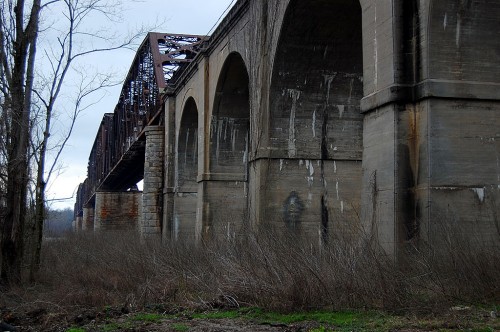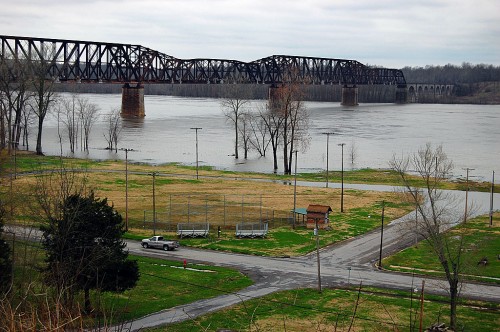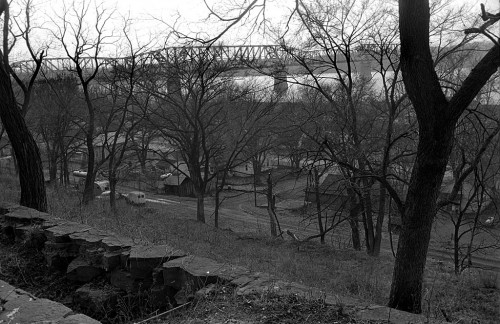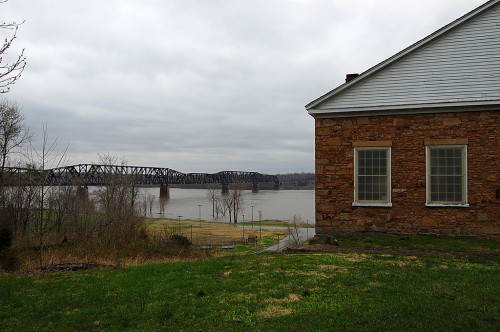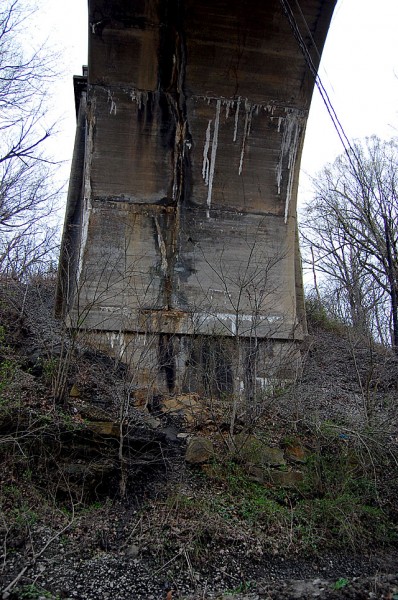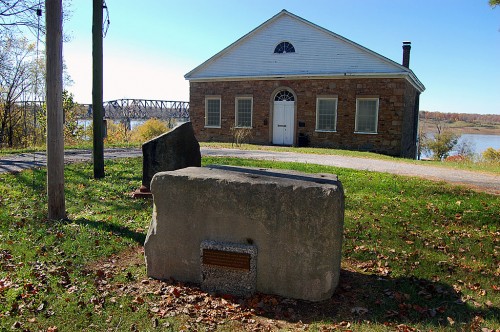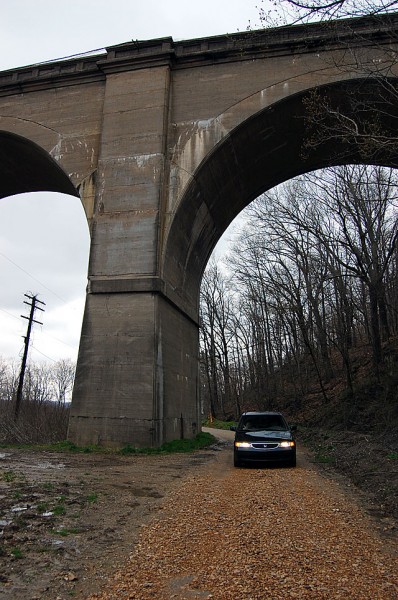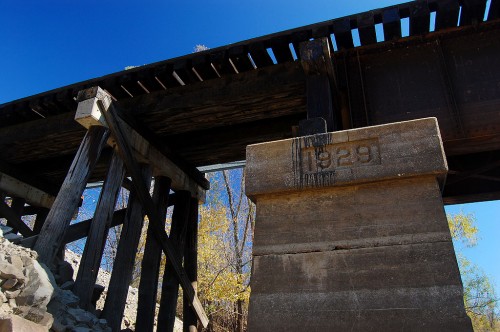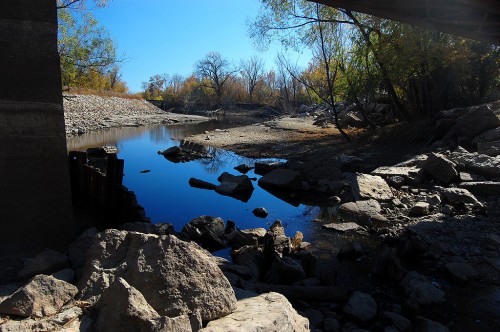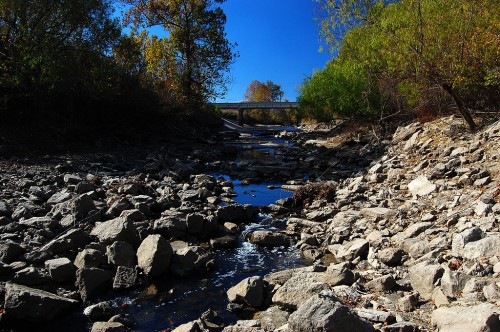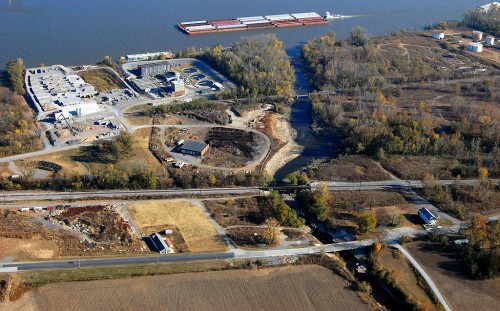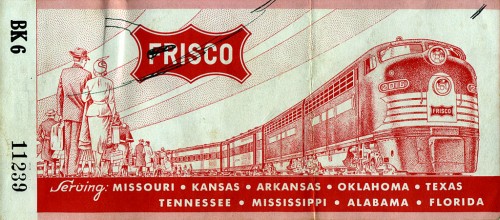 With all of the excitement about the Union Pacific steam engine coming through Cape, it was good timing to stumble onto my train ticket going from Cape to Philmont Scout Ranch in Raton, N.M., in 1962.
With all of the excitement about the Union Pacific steam engine coming through Cape, it was good timing to stumble onto my train ticket going from Cape to Philmont Scout Ranch in Raton, N.M., in 1962.
Service club sent us to Philmont
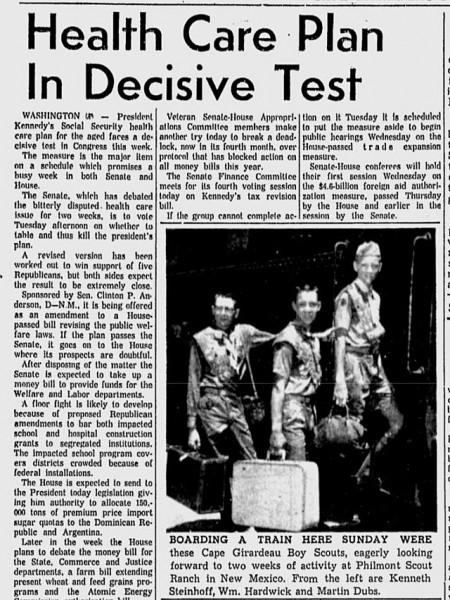 One of Cape’s service clubs sent three Scouts to Philmont for a Junior Leader Instructor Training Course (JLIT). I wish I could remember which club it was, because it was one of the greatest experiences of my young life. I’ll be sure to find out by the time I write up the whole trip.
One of Cape’s service clubs sent three Scouts to Philmont for a Junior Leader Instructor Training Course (JLIT). I wish I could remember which club it was, because it was one of the greatest experiences of my young life. I’ll be sure to find out by the time I write up the whole trip.
Classmates Bill Hardwick and Martin Dubs were the other two Scouts.
In the Things Never Change Department, note the Missourian headline above our photo.
People traveled by train
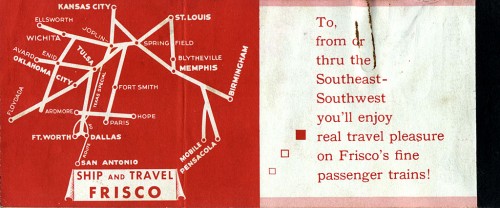 A cross-country trip by train wasn’t unusual in those days.
A cross-country trip by train wasn’t unusual in those days.
A train trip from Cape to Chaffee was a rite of passage for kindergarten classes at Trinity Lutheran School.
I hopped a train from Cape to Peoria for a photo conference in the late 60s. I went back and forth between Cape and Athens the first year I was at Ohio University. Unfortunately, the railroads were doing everything they could to discourage passenger travel, so they arranged it so you’d have a day layover in Cincinnati, making it impractical. The inconvenience and student standby rates offered by airlines ended my train travel.
Round trip ticket cost $63.86
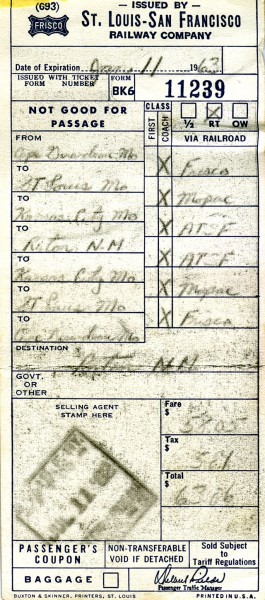 It looks like we were on the Frisco, Missouri Pacific and Atchison, Topeka and Santa Fe rail lines to get there and back. The carbon is a little hard to read, but it looks like the round trip cost $63.86. Another stub showed that we paid 50 cents for a “Special Service Charge for Reserved Coach Seat.”
It looks like we were on the Frisco, Missouri Pacific and Atchison, Topeka and Santa Fe rail lines to get there and back. The carbon is a little hard to read, but it looks like the round trip cost $63.86. Another stub showed that we paid 50 cents for a “Special Service Charge for Reserved Coach Seat.”
Filet Mignon cost $3.50
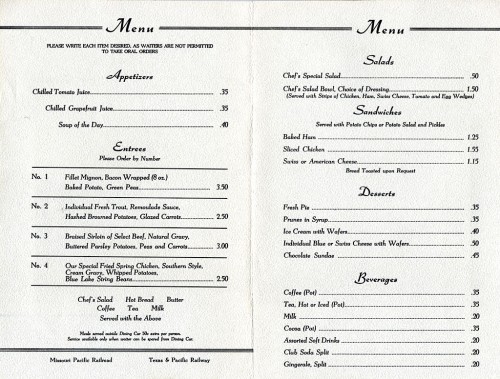 The menu shows that a bacon-wrapped, 8-oz. Filet Mignon with a baked potato, chef’s salad, hot bread, green peas and a drink cost $3.50. I was probably put out by that extravagant price because I could get a filet with fries and a salad at Wayne’s Grill for $1.25. Darned gougers.
The menu shows that a bacon-wrapped, 8-oz. Filet Mignon with a baked potato, chef’s salad, hot bread, green peas and a drink cost $3.50. I was probably put out by that extravagant price because I could get a filet with fries and a salad at Wayne’s Grill for $1.25. Darned gougers.
I’m pretty sure the cook cars still used wood stoves on this run.
Strip sirloin was $3.95
 The special might have been a better deal: a 12-oz. charcoal-broiled strip sirloin steak with baked potato, fresh green beans, tossed salad, hot biscuits and a drink for $3.95.
The special might have been a better deal: a 12-oz. charcoal-broiled strip sirloin steak with baked potato, fresh green beans, tossed salad, hot biscuits and a drink for $3.95.
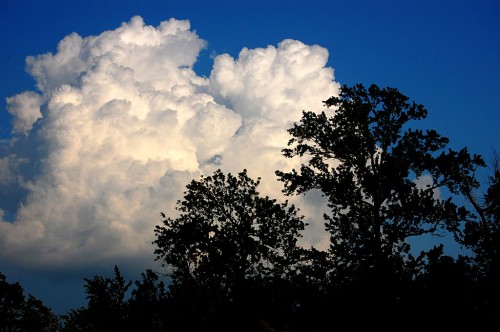 When I wrote about going trotline fishing with Ed and Melinda Roberts this summer, I mentioned that the scenery along the Diversion Channel between I-55 and the mouth of the Mississippi River was different that I had expected. I thought it would be a sterile, straight ditch. It turned out surprisingly beautiful and peaceful. If you’ve always heard about trotline fishing, but never knew exactly what it was, follow the link and watch the video.
When I wrote about going trotline fishing with Ed and Melinda Roberts this summer, I mentioned that the scenery along the Diversion Channel between I-55 and the mouth of the Mississippi River was different that I had expected. I thought it would be a sterile, straight ditch. It turned out surprisingly beautiful and peaceful. If you’ve always heard about trotline fishing, but never knew exactly what it was, follow the link and watch the video.



















